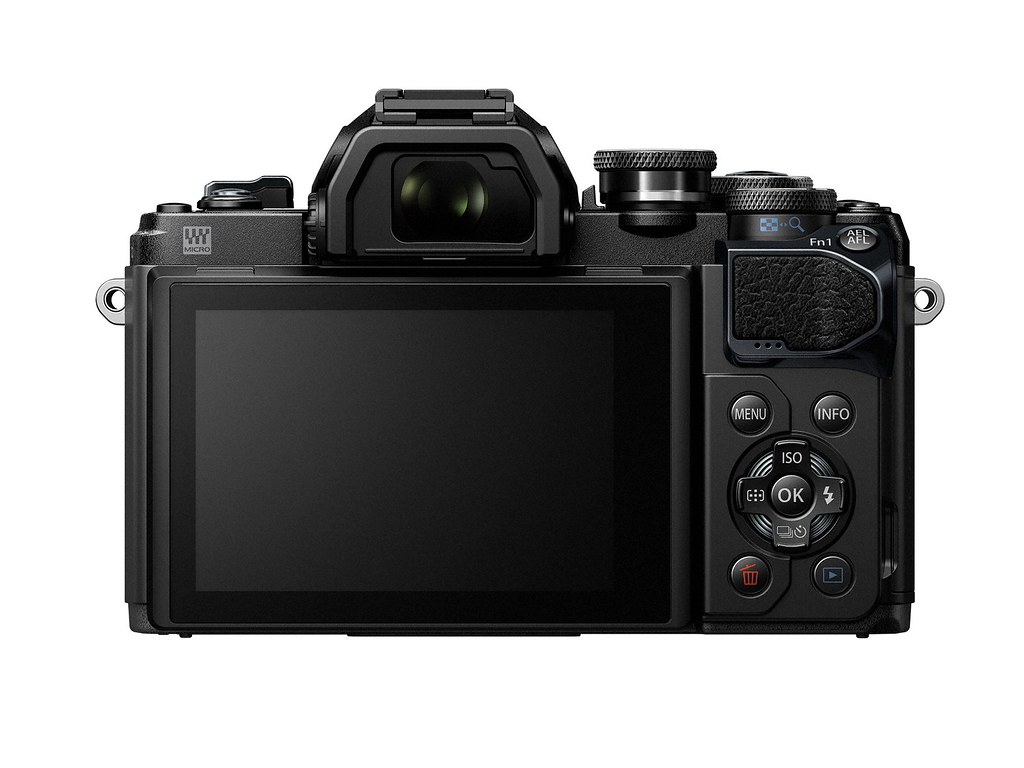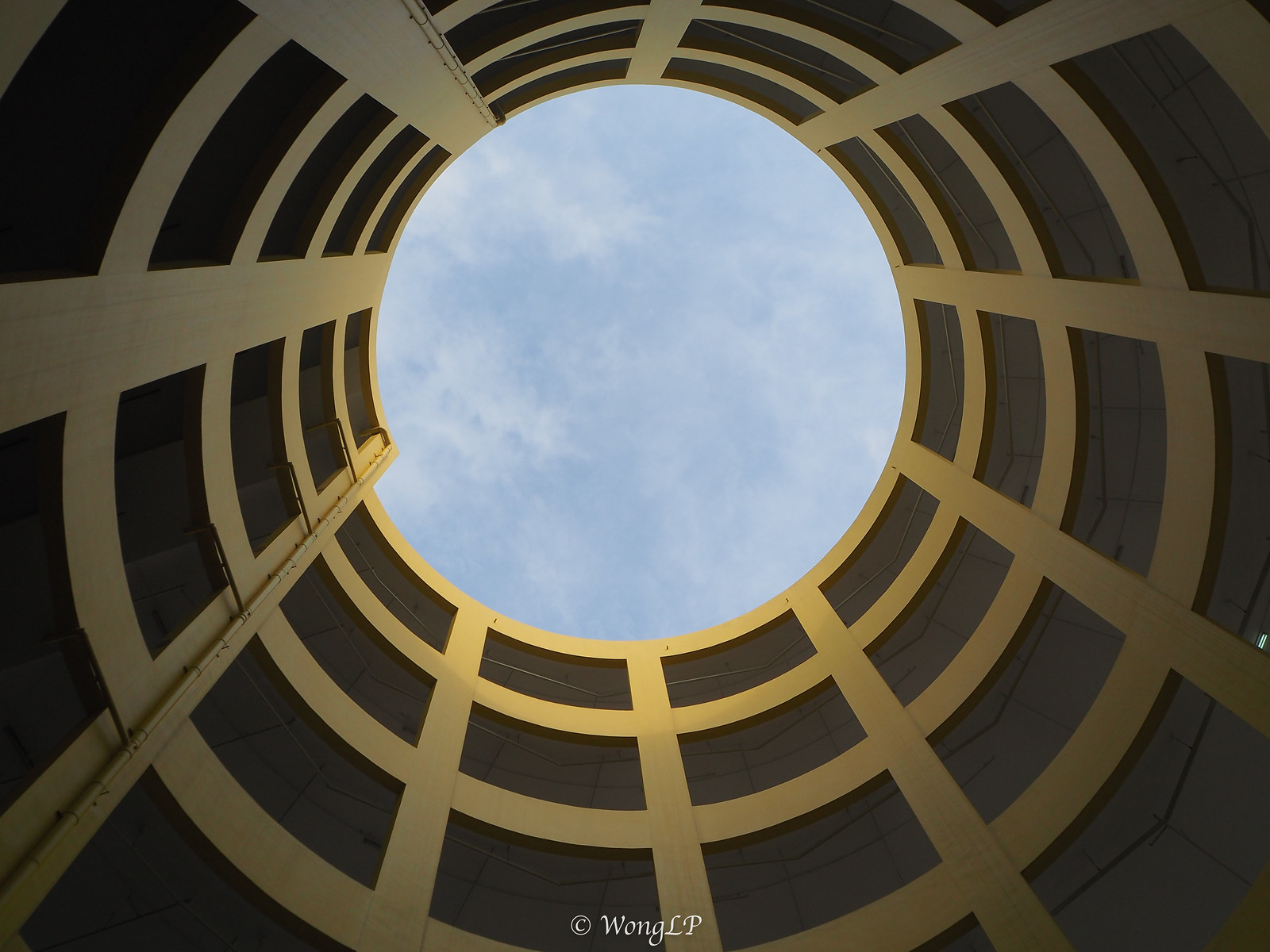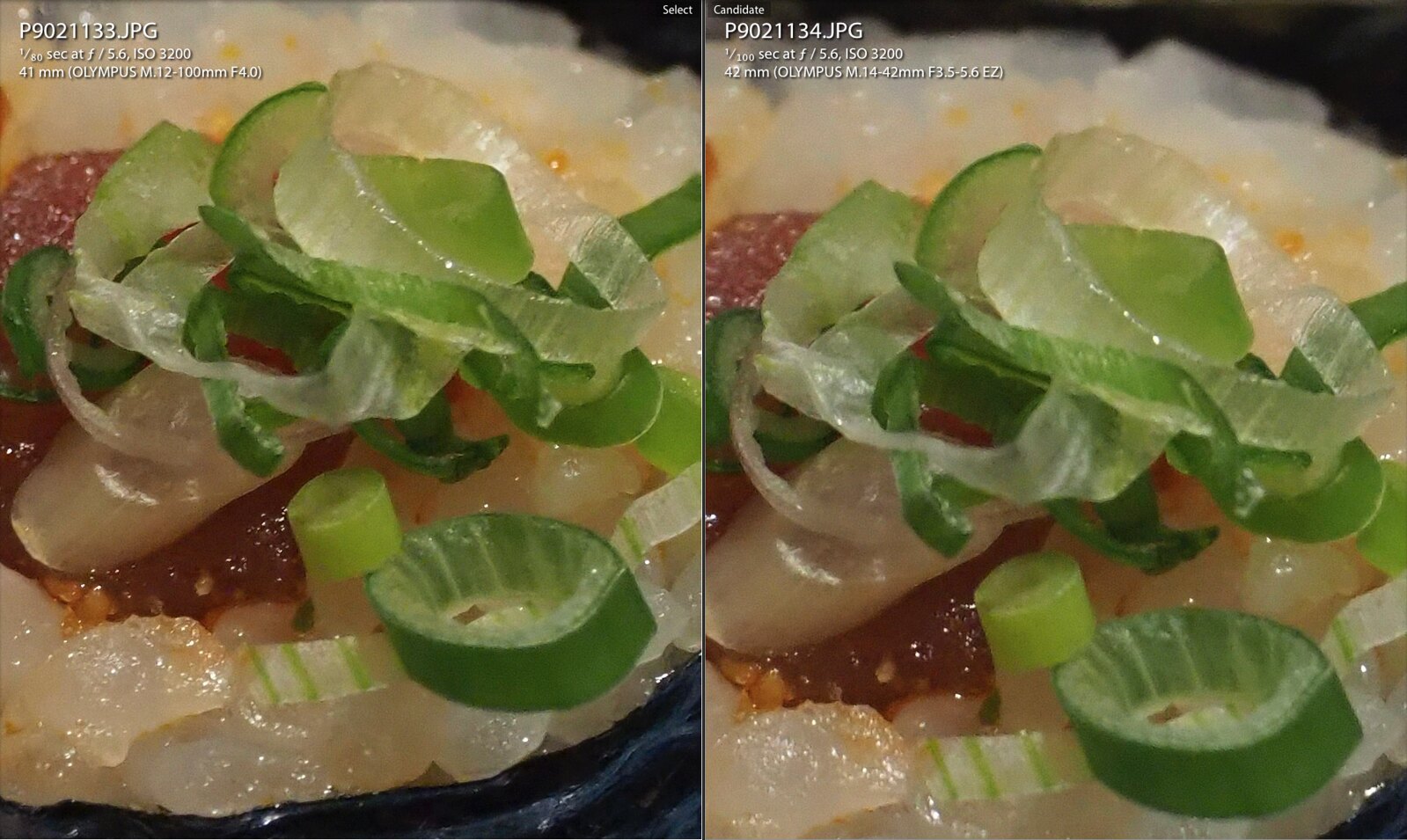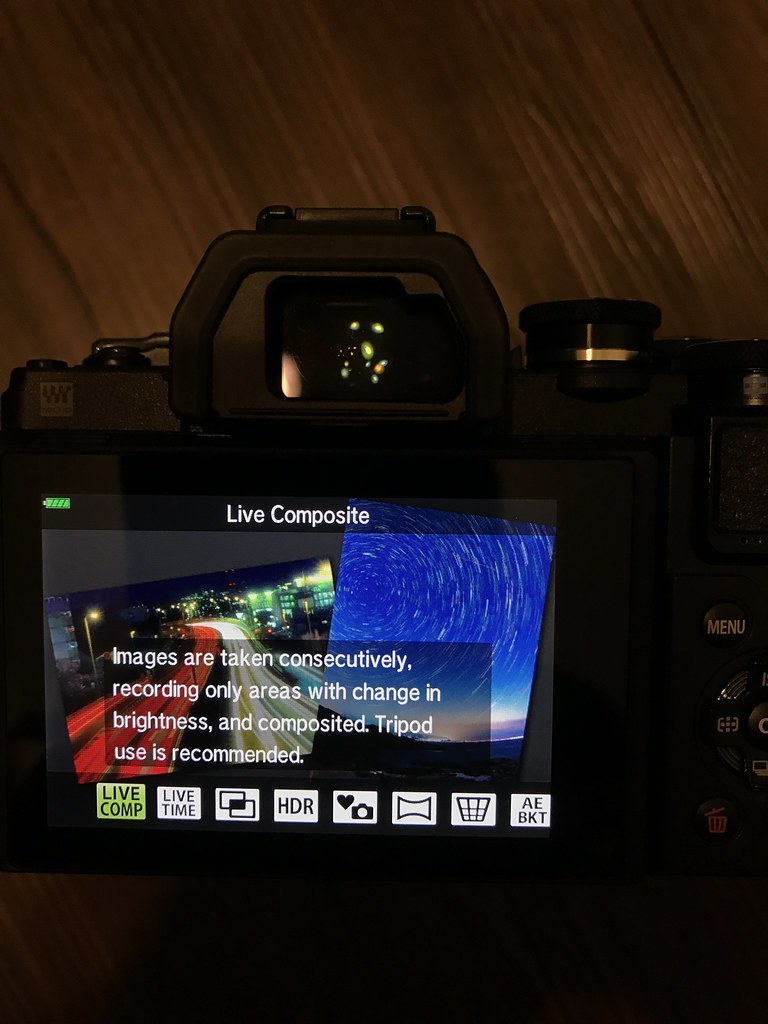Launch of the Olympus EM10 Mark III camera
Olympus Imaging is pleased to announce the third generation of entry-level OM-D cameras, the OM-D E-M10
Mark III. This new model features the image processor of the OM-D E-M1 Mark II - TruePic VIII which helps improve lowlight shooting performance and Olympus renowned 5-Axis In-Built Image Stabilisation (IBIS). With 121 AF points as found in the OM-D E-M1 Mark II and 4k handheld movie recording, the new OM-D E-M10 Mark III is feature packed for first-time SLR owner, enthusiastic travelers, and families.
The E-M10 Mark III’s 5-Axis IBIS lets you shoot with greater mobility and freedom than you can with other entry-tointermediate class interchangeable lens cameras. Its compact and lightweight body provides convenient handheld shooting flexibility for photography novices with a wide-range of subject interests. From wide-angle landscapes, portraits, social snapshots, travel, movies, macro close-ups to exciting telephoto action sports, Olympus’ advanced 5-Axis IS effectively counteracts camera shake to a maximum of four shutter speed steps of compensation1 performanceto deliver brilliantly sharp handheld imaging results.
Silver Body with kit lens 14-42mm F3.5-5.6

Black Body with kit lens 14-42mm F3.5-5.6

With onboard flash

Top View

Rear View

Olympus Imaging is pleased to announce the third generation of entry-level OM-D cameras, the OM-D E-M10
Mark III. This new model features the image processor of the OM-D E-M1 Mark II - TruePic VIII which helps improve lowlight shooting performance and Olympus renowned 5-Axis In-Built Image Stabilisation (IBIS). With 121 AF points as found in the OM-D E-M1 Mark II and 4k handheld movie recording, the new OM-D E-M10 Mark III is feature packed for first-time SLR owner, enthusiastic travelers, and families.
The E-M10 Mark III’s 5-Axis IBIS lets you shoot with greater mobility and freedom than you can with other entry-tointermediate class interchangeable lens cameras. Its compact and lightweight body provides convenient handheld shooting flexibility for photography novices with a wide-range of subject interests. From wide-angle landscapes, portraits, social snapshots, travel, movies, macro close-ups to exciting telephoto action sports, Olympus’ advanced 5-Axis IS effectively counteracts camera shake to a maximum of four shutter speed steps of compensation1 performanceto deliver brilliantly sharp handheld imaging results.
Silver Body with kit lens 14-42mm F3.5-5.6

Black Body with kit lens 14-42mm F3.5-5.6

With onboard flash

Top View

Rear View

Last edited:
































